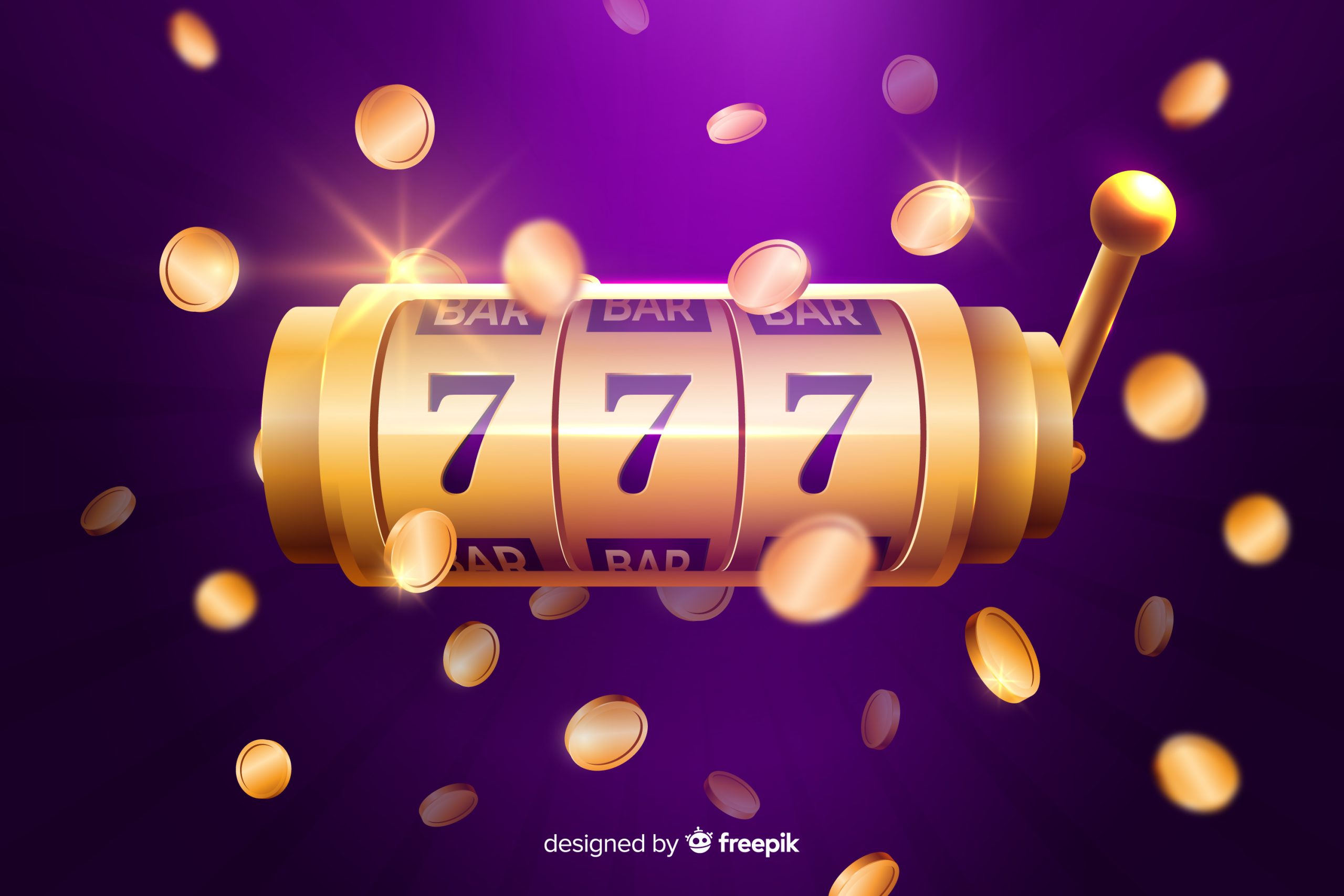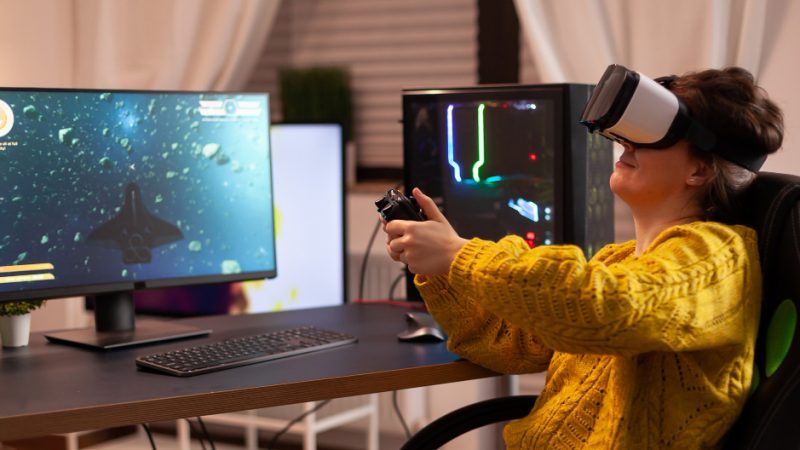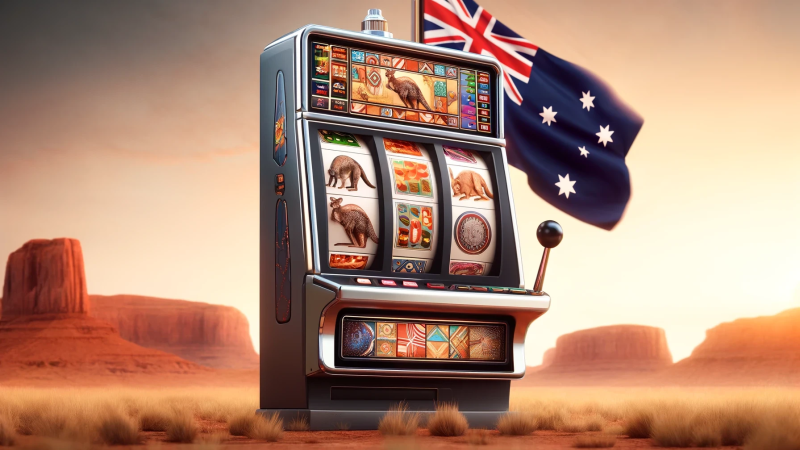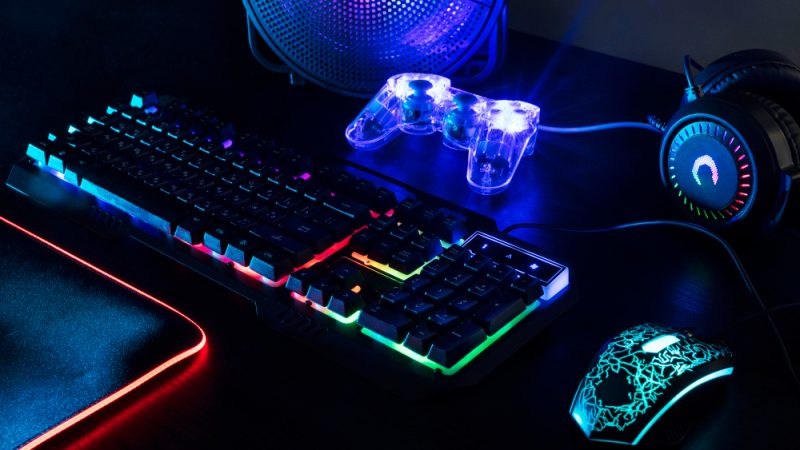Understanding How a Slot Machine Works

The slot machines we see today are the outcome of an evolutionary process that started in the late 19th century. An engineering firm in Brooklyn launched a machine that featured five spinning drums with ten cards on each to make nearly a full deck.
By Spinning the drums, a poker ‘hand’ would be revealed, and the player would get a payout commensurate with their hand, usually in the form of free cigarettes, cigars, and beers from the bar. The two missing cards represent the house edge, so they could be chosen strategically to decrease the odds of the player winning.
Removing the ten of spades and jack of hearts, as was common, significantly reduced the chances that a player would get one of the highest-paying hands, ensuring that the machines were profitable. The device was popular, but the lack of a payout mechanism meant that the proprietors had to ensure that they had the staff to check the machines for winning combinations and then dispense the prizes.
This was eating into their bottom line, making the machines less profitable, but there simply wasn’t a way to create a mechanism that could recognise any possible winning combination and pay out accordingly. It turned out that solving this problem was the key to the slot machines we see today.
The birth of the modern slot machine
Charles Fey was an automotive engineer who was determined to find a way to make an automatic slot machine, and he hit on the idea of simplifying the reels to make it easier to recognise a winning combination. He worked on the problem throughout the late 1880s and early 1890s, creating a prototype that featured symbols instead of cards, including the Liberty Bell that gave the machine its name.
His machine had just three reels, instead of five, and a series of symbols to match that dramatically reduced the complexity of the game without diminishing the fun. Getting three bells paid out the largest prize – fifty cents – and this automated system was embraced wholeheartedly by the game-playing populace so the liberty bell is still often used as a winning symbol today.
One of the most appealing things about Charles Fey’s slot machines was that players didn’t even need to have a basic understanding of poker or any other game to play. Matching the symbols made it easy for anyone to pick up on their first go, and as the machines became increasingly high-tech, the ability to adjust the gameplay made them even more appealing.
Technology taking over
By the mid-20th century, slot machines could be found all over the world, earning a slew of intriguing nicknames such as ‘pokies’ and ‘one-armed bandits’, but the inevitable march of technology was about to make them even more popular.
Bally, an electronic games manufacturer, took on the challenge of updating the traditional Fey-era slot by giving it an electromechanical makeover. They had been experimenting with electromechanical machines since 1940, when they had constructed a poker machine called ‘Bally’s High Hand’.
By 1963, Bally had created Money Honey, the first electromechanical slot machine with a ‘bottomless’ hopper that allowed it to pay out up to five hundred coins completely automatically. Money Honey proved just as popular as traditional slots and it wasn’t long before another company, the Fortune Coin Co. developed the concept of a video slot machine that would be ready for unveiling in 1976.
The birth of online slots
The accelerated pace of progress that saw electromechanical machines give way to video machines continued to deliver more and more high-tech slot options, so a slot machine online was an inevitability as soon as the internet began to take off. The mechanical wheels had already given way to video screens, and now game developers were making the most of the ability to computerise the whole process.
Online slots work in the same way that traditional slots do, but the benefits of virtual slots have really come into their own. With no limit on physical space or materials, modern slots can incorporate a range of different elements, from increasing the number of reels to adding fun themes and mini-games.
Online slots can also be tweaked to offer different styles of gameplay: some players like to play for a long time, building up to a big jackpot, whereas others like to play shorter games with a higher chance of smaller wins along the way. Online slots can be tailored to offer games at both ends of the scale and everywhere in between, so any player can find the pace that suits them with the odds that they are happy with.
Slot machines have come a long way since their first incarnation, and with virtual reality and artificial intelligence becoming more and more popular, there’s no telling what the slots of the future might look like.






